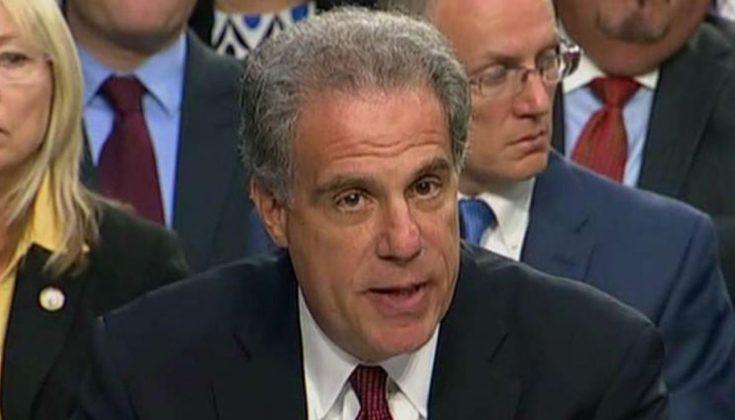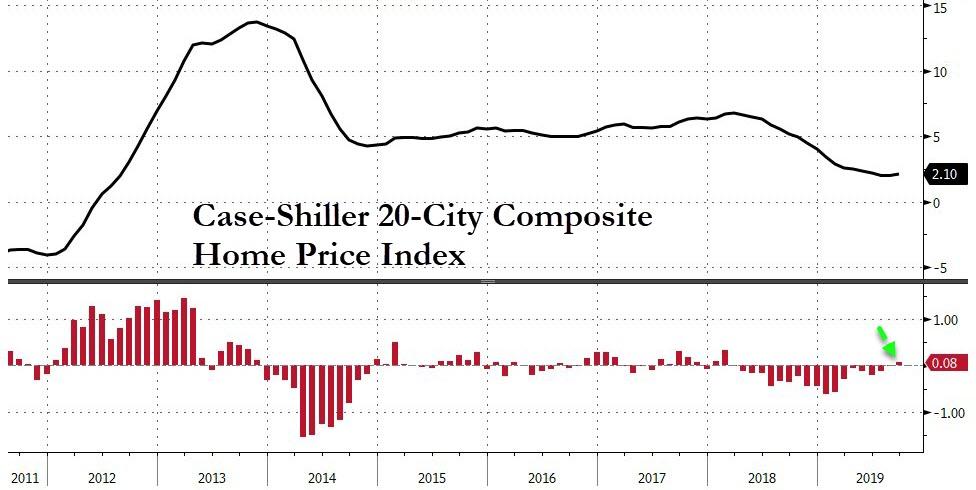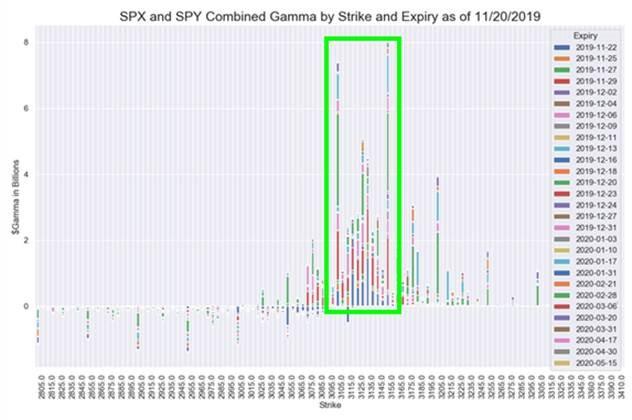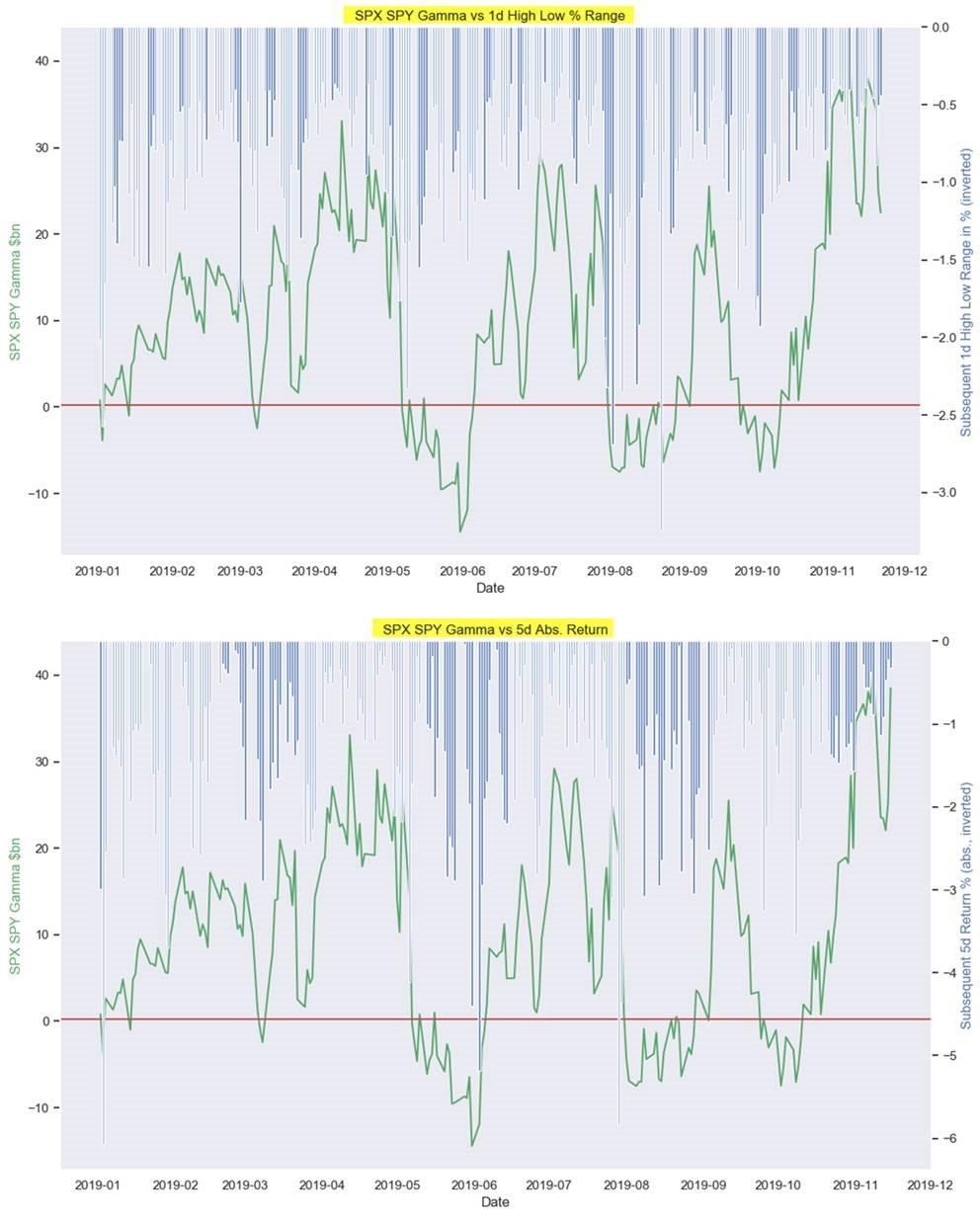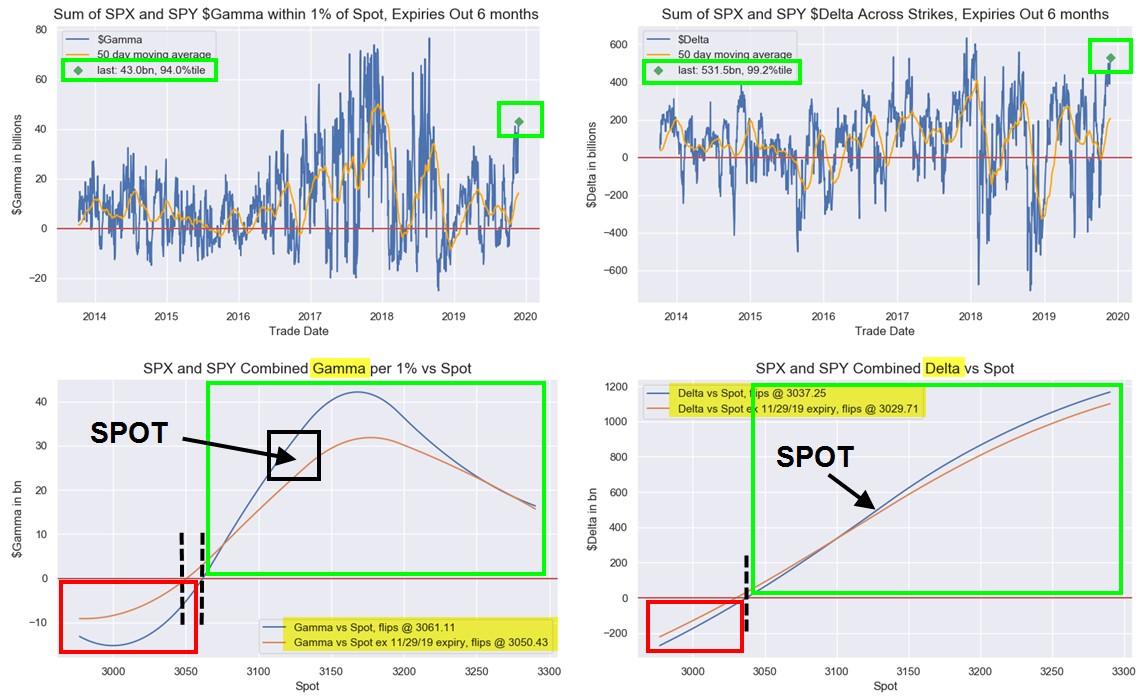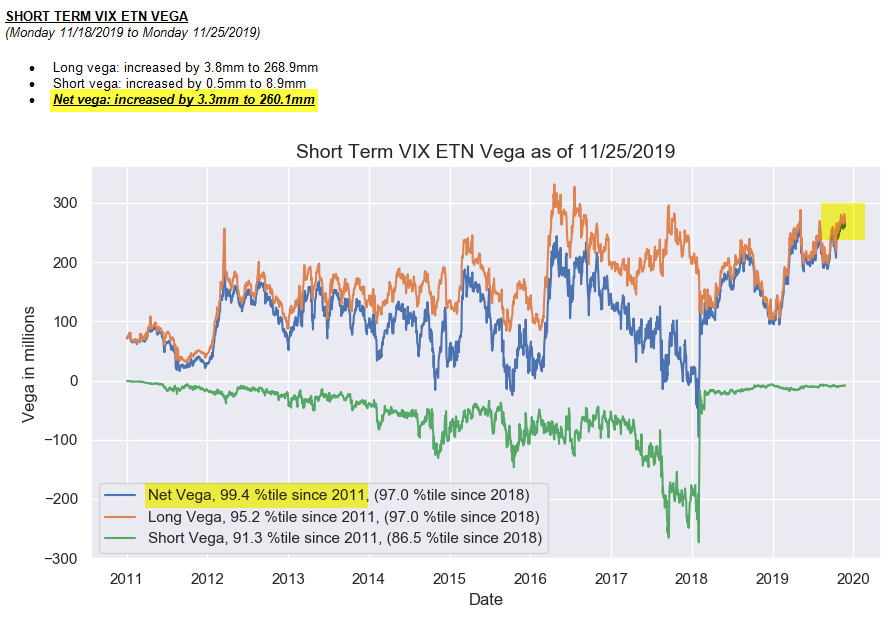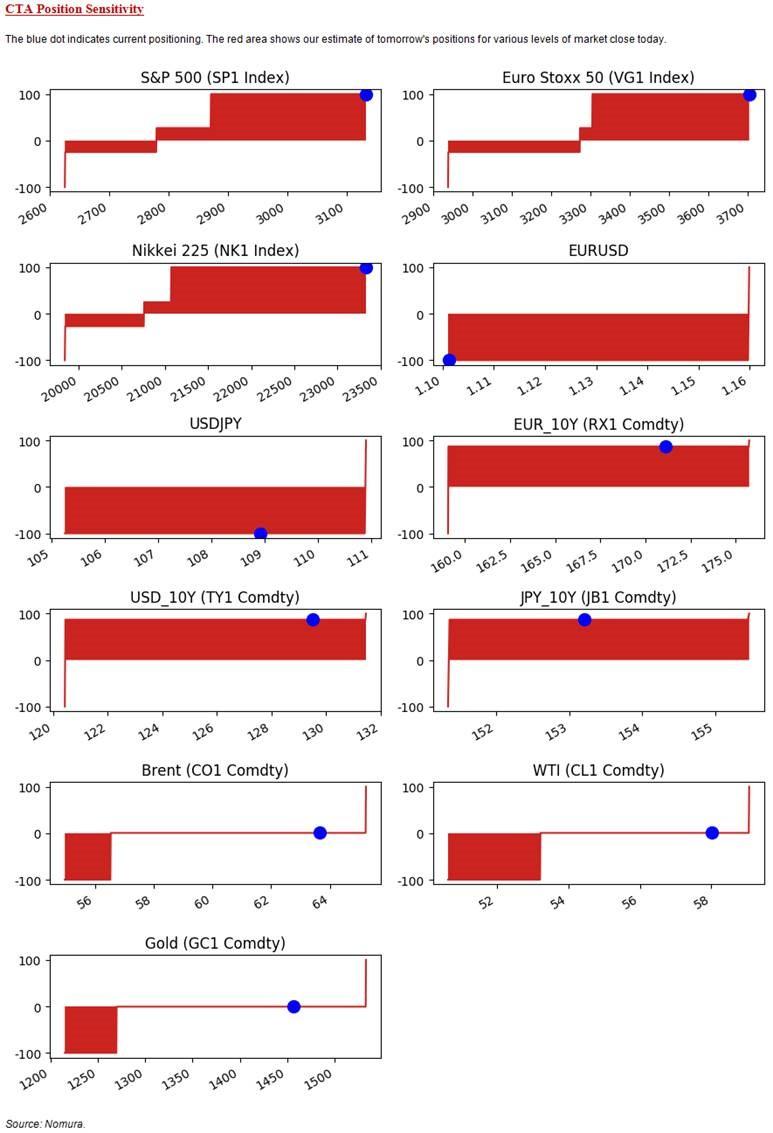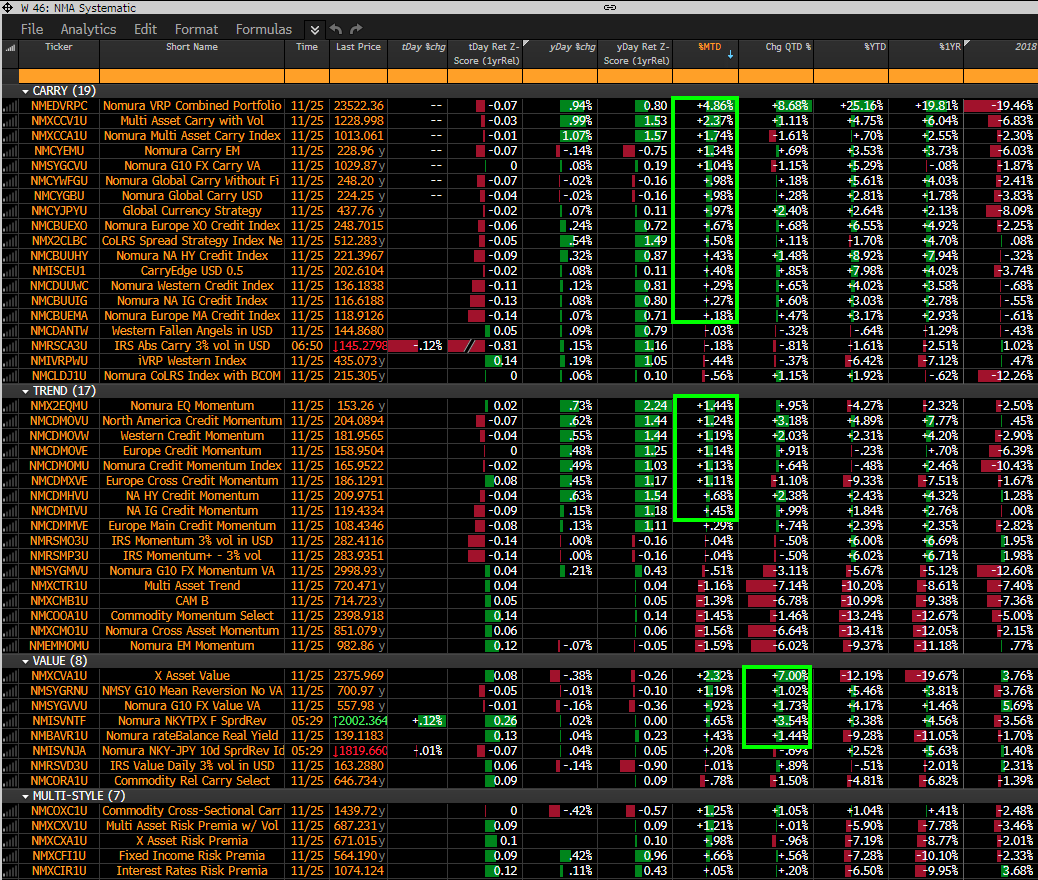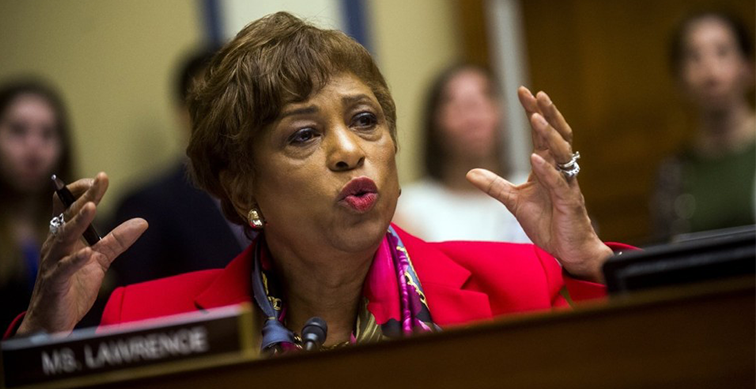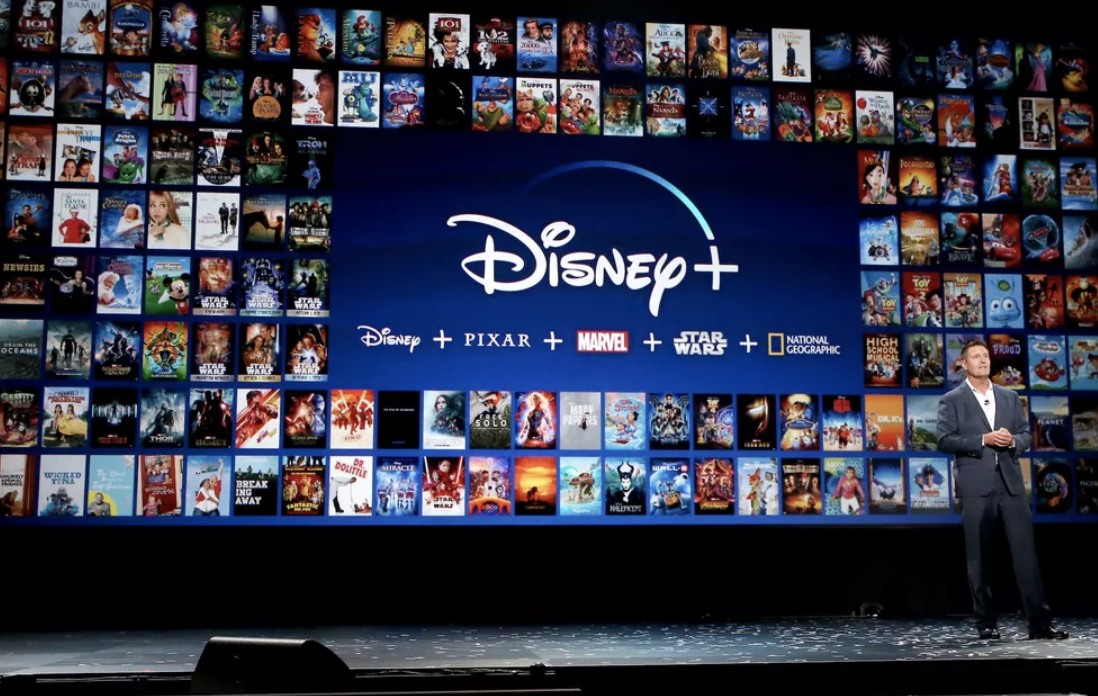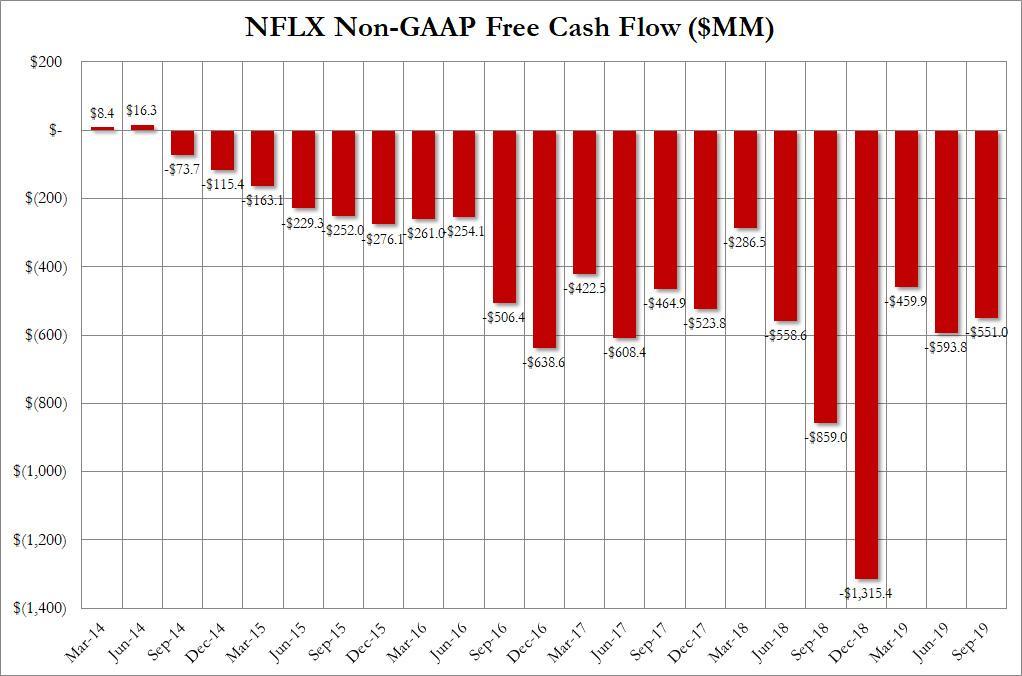The drama surrounding Congress’ power to compel Executive Branch officials to testify under oath in congressional proceedings is becoming increasingly intense and complicated, and I admit that I would enjoy it as an intellectual puzzle more if the fate of the Republic did not hang on how it gets resolved.
The first stage of the impeachment hearings, just concluded, had plenty of excitement. As the President’s defenders continually remind us, there’s not a whole lot of direct evidence connecting Trump himself to the politically-motivated scheme to get the Ukrainians to subject the Bidens to a criminal investigation, not for the purpose of advancing US national security interests for the purpose of helping Trump get re-elected in 2020.
It is ironic—to put it as mildly, and as respectfully, as I can—for the President’s defenders to raise this particular defense, given that it is the President himself, of course, who is preventing anyone who might be in possession of such evidence—e.g. Messrs. Bolton, Mulvaney, Pompeo, Giuliani, et. al.—from supplying such evidence, if it indeed exists.
The President (and his lawyers) have chosen not to comply, and have ordered Executive Branch officials not to comply, with any congressional subpoenas, on the ground that “the President and his immediate advisors are absolutely immune from testimonial compulsion by a congressional committee on matters related to their official duties.” [See the DOJ’s memo regarding the subpoena issued to Don McGahn in the Mueller Report hearings (May 20, 2019), and Letter of White House Counsel Pat Cipollone to Speaker Pelosi, Chairman Schiff and others (Oct 8, 2019)): .
“Congress may not constitutionally compel the President’s senior advisers to testify about their official duties. This testimonial immunity is rooted in the separation of powers and derives from the President’s status as the head of a separate, co-equal branch of government. Because the President’s closest advisers serve as his alter egos, compelling them to testify would undercut the “independence and autonomy” of the presidency, and interfere directly with the President’s ability to faithfully discharge his responsibilities.
This is an assertion of breathtaking scope, and it has ramifications far beyond its ramifications for the impeachment inquiry, as important as those may be. The President is not simply claiming that senior advisors can invoke a privilege of one kind or another to avoid testifying about specific events or conversations—”executive privilege,” for instance, or the privilege of confidential communication, or a national security privilege, or the attorney-client privilege, or even the 5th Amendment privilege against self-incrimination—depending upon the events or conversations in question. Nobody disputes any of that.
But an absolute immunity from any compulsion to testify before Congress? Congress cannot compel the Secretary of Defense to testify about combat operations in Syria, or the development of new weapons systems? Congress cannot compel the National Security Advisor, or the Secretary of State, to testify in a proceeding examining a possible bribery scheme conducted at the behest of the President? Really?
I am happy to say that this is not the law of the land.
The DOJ’s Office of Legal Counsel would like us to believe that it is; OLC has made the argument for the existence of such an absolute immunity in a number of memos—beginning, I believe, with one authored by William Rehnquist, then at the OLC, in 1971.
But that’s just the Executive Branch deciding the scope of its own powers—a “We have considered the matter and we hereby give ourselves an absolute immunity from congressional oversight” kind of thing. But as Madison put it in the Federalist, “No man is allowed to be a judge in his own cause, because his interest would certainly bias his judgment, and, not improbably, corrupt his integrity. should be the judge in his own case.” In a system like ours, governed by the Rule of Law, the Executive Branch does not—and cannot—have the last word when it comes to the scope of its own powers.
The Executive Branch has had the temerity to submit this claim of absolute immunity to judicial scrutiny and evaluation only twice. In Comm. of the Judiciary v. Miers, 558 F.Supp.2d 53 (DDC 2008), the court rejected it outright, declaring it “unprecedented” and “without any support in the case law.” [The government did not appeal that ruling, fearing, perhaps, that an appeals court decision would affirm the obviously correct result of the district court and they’d have to throw out all those OLC memos …]
And yesterday, Judge Jackson of the DC district court again rejected the OLC position in a comprehensive, 118-page opinion upholding the congressional subpoena issued to former White House counsel Don McGahn to testify at the hearings surrounding the Mueller investigation:
OLC’s long-held view that senior-level presidential aides have absolute testimonial immunity is neither precedential nor persuasive … There is no principled basis for concluding that senior-level presidential aides should have absolute testimonial immunity….
To make the point as plain as possible, it is clear to this Court that, with respect to senior-level presidential aides, absolute immunity from compelled congressional process simply does not exist. Indeed, absolute testimonial immunity for senior-level White House aides appears to be a fiction that has been fastidiously maintained over time through the force of sheer repetition in OLC opinions, and through accommodations that have permitted its proponents to avoid having the proposition tested in the crucible of litigation. And because the contention that a President’s top advisors cannot be subjected to compulsory congressional process simply has no basis in the law, it does not matter whether such immunity would theoretically be available to only a handful of presidential aides due to the sensitivity of their positions, or to the entire Executive branch. Nor does it make any difference whether the aides in question are privy to national security matters, or work solely on domestic issues….
And, of course, if present frequent occupants of the West Wing or Situation Room must find time to appear for testimony as a matter of law when Congress issues a subpoena, then any such immunity most certainly stops short of covering individuals who only purport to be cloaked with this authority because, at some point in the past, they once were in the President’s employ….
The United States of America has a government of laws and not of men. The Constitution and federal law set the boundaries of what is acceptable conduct, and for this reason, as explained above, when there is a dispute between the Legislature and the Executive branch over what the law requires about the circumstances under which
government officials must act, the Judiciary has the authority, and the responsibility, to
decide the issue….As far as the duty to appear is concerned, this Court holds that Executive branch officials are not absolutely immune from compulsory congressional process—no matter how many times the Executive branch has asserted as much over the years—even if the President expressly directs such officials’ non-compliance. This result is unavoidable as a matter of basic constitutional law, as the Miers court recognized more than a decade ago.
Today, this Court adds that this conclusion is inescapable precisely because compulsory appearance by dint of a subpoena is a legal construct, not a political one, and per the Constitution, no one is above the law. That is to say, however busy or essential a presidential aide might be, and whatever their proximity to sensitive domestic and national-security projects, the President does not have the power to excuse him or her from taking an action that the law requires. Fifty years of say so within the Executive branch does not change that fundamental truth. Nor is the power of the Executive unfairly or improperly diminished when the Judiciary mandates adherence to the law and thus refuses to recognize a veto-like discretionary power of the President to cancel his subordinates’ legal obligations.
[By the way, the judgment in this case should not be confused with the judgments in several other on-going cases where the President has raided even more outrageous immunity claims, arguing not only that he is absolutely immune from a state criminal investigation [see “The Fifth Avenue Immunity“], but that his immunity extends to his accountants and tax preparers. Those, too, have been summarily, and properly rejected by the courts.]
The DOJ has said, apparently, that it will appeal this decision, but I doubt that it will, for the same reason that it didn’t appeal the decision in Miers: there is simply no basis in the law on which to base this immunity, and an appellate court decision to that effect would mean that Executive Branch officials could no longer in good faith rely on this thoroughly discredited OLC position. [I wouldn’t be surprised if DOJ went ahead and filed a notice of appeal, just to keep stalling, but then voluntarily dismissed the case before the appeals court actually heard the case]
So this brings us John Bolton. Bolton, along with other senior advisors to the President (Mulvaney, Pompeo, Giuliani et al.), are clearly the only people, other than Trump himself, who can provide us with direct evidence on the question that is now, as it was in 1974, the central one: What did the President know and when did he know it?
The House committee requested Bolton’s testimony, but he declined to appear voluntarily. The committee then made a strategic decision not to issue a subpoena demanding that he appear. The stated reason was that the action would be a futile one; Bolton wouldn’t comply, and the House would have to take him to court (as it did with McGahn) to compel him to do so, and that could take months and months to wind its way through the courts.
I was not, initially, persuaded that that was a strategically wise decision, and Judge Jackson’s decision yesterday may alter the calculus somewhat. Now that the local federal court has declared that there is no basis for non-compliance with a subpoena, it’s a little more difficult for Bolton to decline to comply, and a little easier for the House to hold him in contempt if he does so.
But if the goal is (as it should be) to obtain this critical testimony, under oath, from the president’s closest aides, a recent essay posted at talkingpointsmemos.com has convinced me that there may be more to recommend the House’s decision to forego subpoenas than I had initially thought. The argument goes like this: The House managers at the Senate impeachment trial can, under the Senate’s Impeachment Rules, call Bolton and the others to testify at the trial; Chief Justice Roberts, who will be the “Presiding Officer” at the trial, is authorized to “rule on all questions of evidence, including but not limited to questions of relevancy, materiality, and redundancy of evidence”; should any of the aides or former aides decline to appear on the grounds of a purported immunity, the Chief Justice will have to rule, immediately, on their claims; it is very difficult to imagine, given the absence of any serious constitutional basis for the immunity claim, that Chief Justice Roberts will rule in the advisors’ favor. Thus, “by moving directly to impeachment, the House gets its best chance of winning the testimony of Bolton, Mulvaney, and others, and doing so in a timely fashion.”
I have no idea if this is the thinking inside the House chambers, but it strikes me as plausible and potentially the most likely to actually produce the critical testimony. Stay tuned for more.
from Latest – Reason.com https://ift.tt/33mWEM0
via IFTTT
